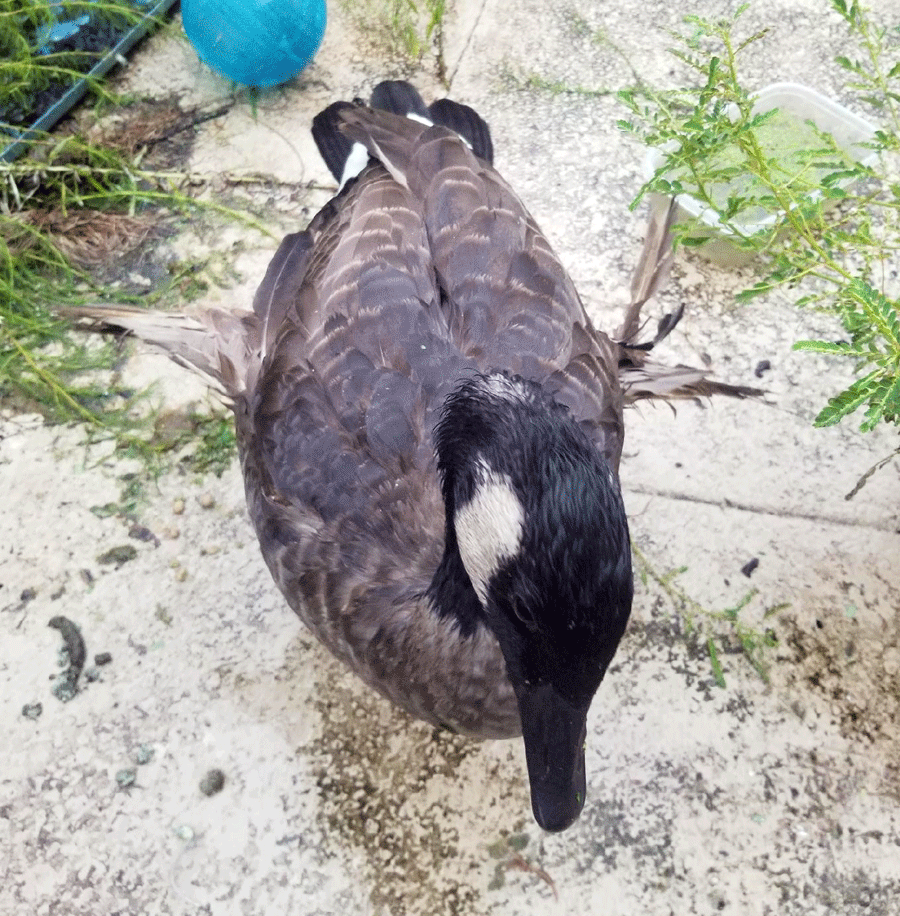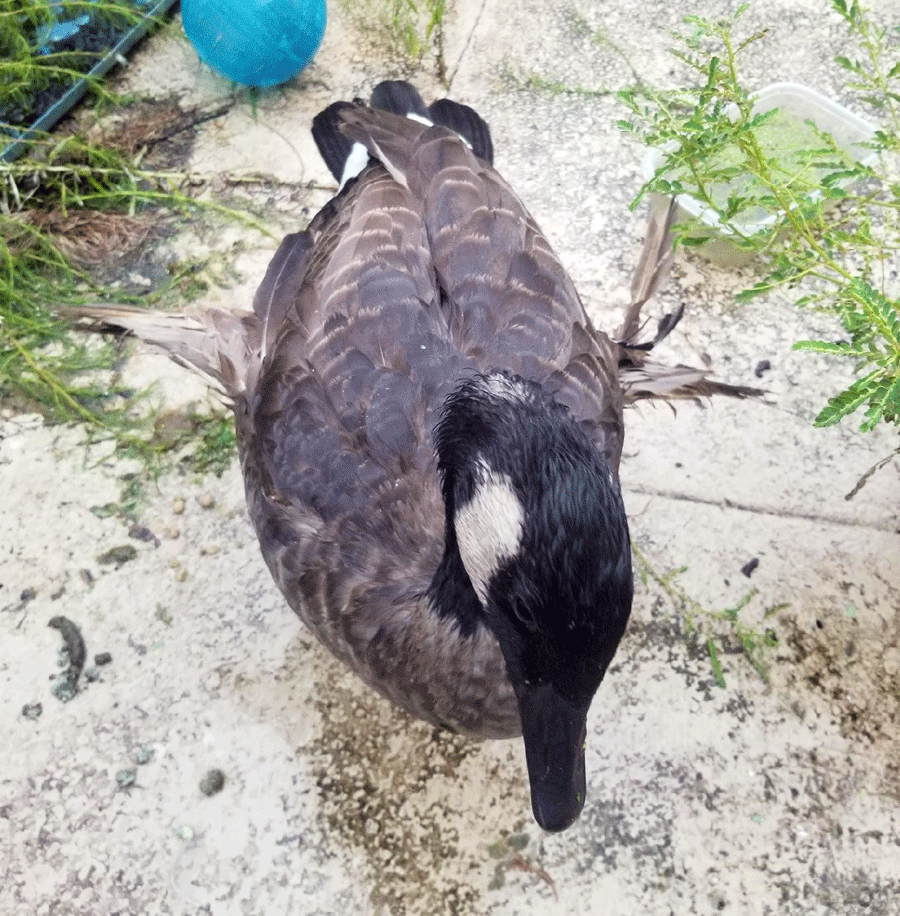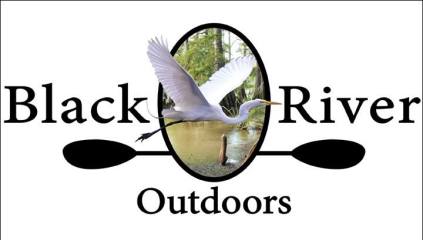Waterfowl With Angel Wing


Canada Goose with Angel Wing
A large part of what we do as an EcoTour company involves wildlife rescue. Recently we helped capture and transport a wild Canada Goose that has a condition called “Angel Wing.” Angel Wing is a deformity in a birds wings where the outer wings or wrists twist outward instead of lying flat against the birds body (See Image). This condition has been found in different kinds of waterfowl including geese, ducks, and swans. The deformity prevents the bird from ever being able to fly. When birds lose the ability to fly, they lose the ability to quickly escape from predators, which makes them very vulnerable living out in the wild. Unfortunately, Angel Wing is a chronic, lifelong condition that cannot be fixed. So the best situation for birds with this condition is to be placed a wildlife sanctuary.
What Causes Angel Wing?
Angel Wing results from a lack of proper nutrition in a birds diet. The most common cause is from humans feeding waterfowl bread, crackers, and other simple carbs. We all probably have fond childhood memories for feeding ducks and geese a big loaf of bread. While ducks and geese will gobble up these kinds of foods, it is detrimental to their health. This is especially true for younger waterfowl that have not fully developed yet. Just like a child, young birds need essential nutrients to grow, function, and develop healthy bodies. If a human child ate a diet of only bread, sugary cereals, crackers, and chips, the child would likely suffer from malnutrition. A human child could then recover from this by switching to a healthier, more balanced diet, and taking vitamins. However, if a bird eats a diet of only bread, they can develop permanent conditions like Angel Wing that are irreversible.
Angel Wing Incidents Are Likely To Increase Because of Humans
The number of incidents of birds with Angel Wing continues to grow due to the increase in modern development. Traditionally, Canada Geese live in habitats with grassy or grainy fields that are near water. However, in recent decades housing developments and golf courses with manicured grass seem to be an attractive new home for Canada Geese because the grass is easy to digest, and the short length of the grass gives the geese a clear view to easily spot and escape predators. Unfortunately, Canada Geese have become accustomed to accepting food from humans living in these types of communities, and it is oftentimes bread, which is terrible for their health. It is never a good idea to feed wildlife, they are after all wild, but if you just can’t help yourself, here are some things that are safe to feed waterfowl.
Foods you CAN feed waterfowl:
- Birdseed (any kind)
- Grapes (cut in half)
- Cracked Corn
- Duck Feed Pellets
- Frozen Peas or Corn
- Vegetables (chopped)
- Mealworms
- Earthworms
The Canada Goose we rescued will never fly again but there is still hope. The goose has been relocated to a waterfowl sanctuary called Carolina Waterfowl Rescue (CWR) located in Charlotte, NC. CWR is a non profit 501 c3 wildlife rescue organization that provides animal rescue, sanctuary, and rehabilitation for wildlife, farmed, and exotic animals. At the sanctuary, it will be able to socialize with other geese of its kind and have all the right care it needs.
If you see waterfowl that has Angel Wing or looks injured, you should contact Carolina Waterfowl Rescue at 704-668-9486.
To learn more about the work that is done at Carolina Waterfall Rescue and how you can help, please visit https://www.cwrescue.org/

